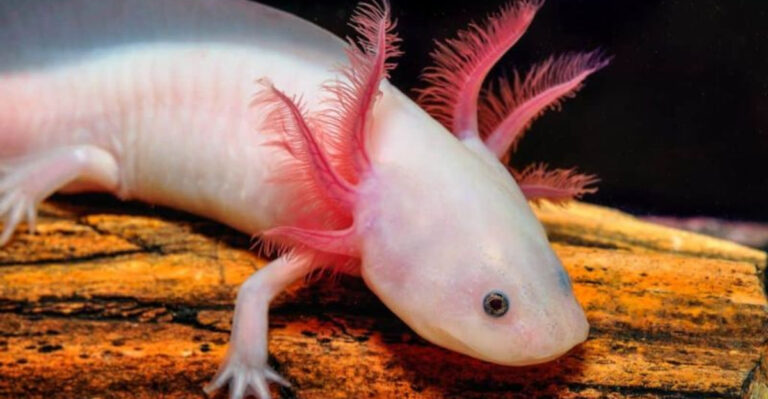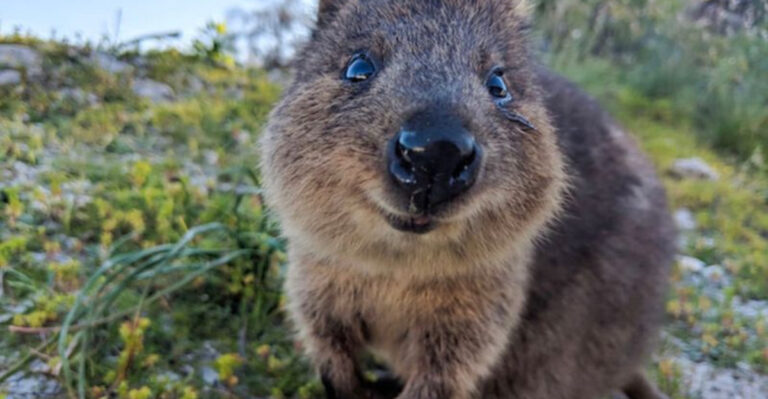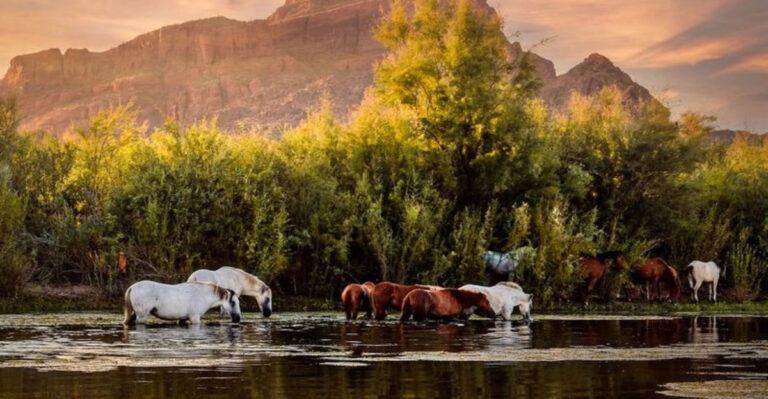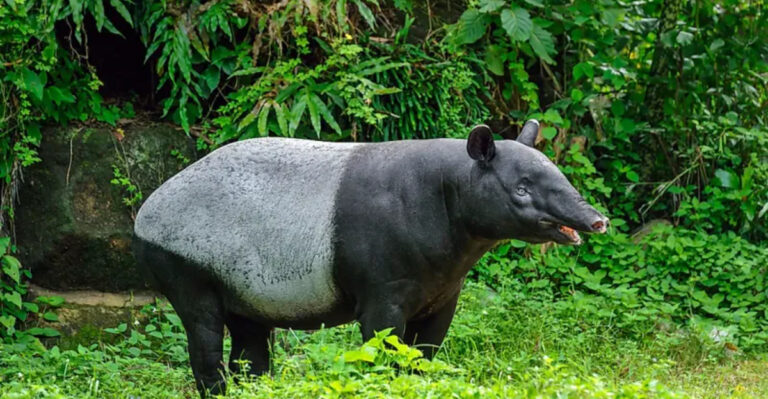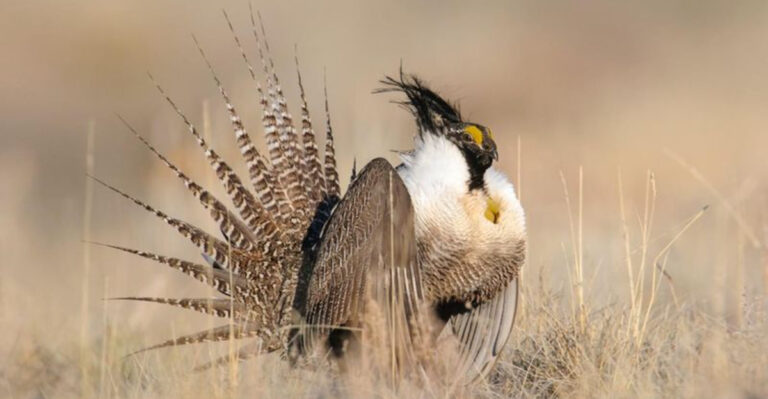14 Cat Breeds That Cannot Be Kept As Pets
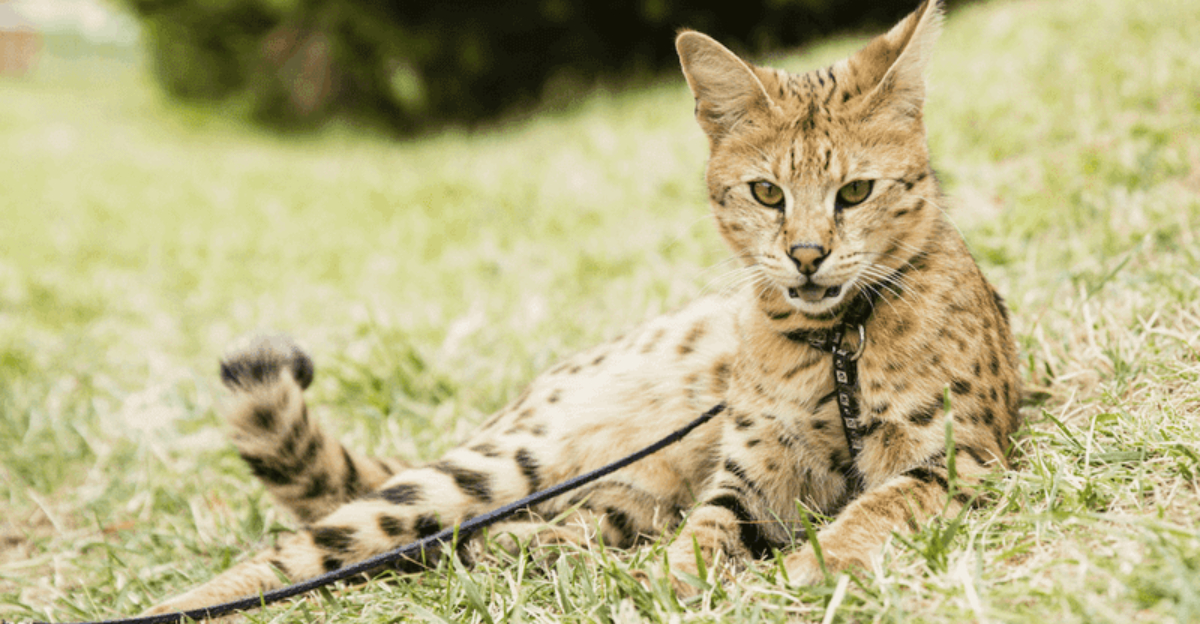
Ever wondered which feline beauties are best admired from afar? While house cats make wonderful companions, some wild cat species and hybrids simply aren’t suited for home life.
These magnificent creatures need specialized care, vast territories, and natural environments that our living rooms just can’t provide. Let’s explore fourteen cat breeds that belong in the wild rather than on your couch.
1. Siberian Tiger
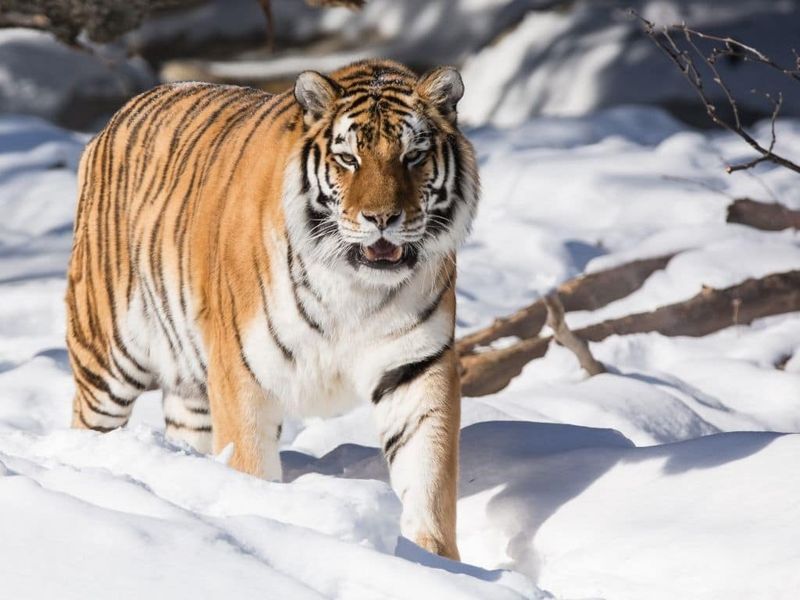
Weighing up to 700 pounds, these orange-and-black striped giants would demolish your furniture faster than a toddler with crayons. Their hunting territory spans up to 4,000 square miles in the wild.
Siberian tigers need tons of raw meat daily and temperatures cold enough to freeze your pipes. Plus, those massive paws pack enough power to crush bones with a single swat!
2. African Lion
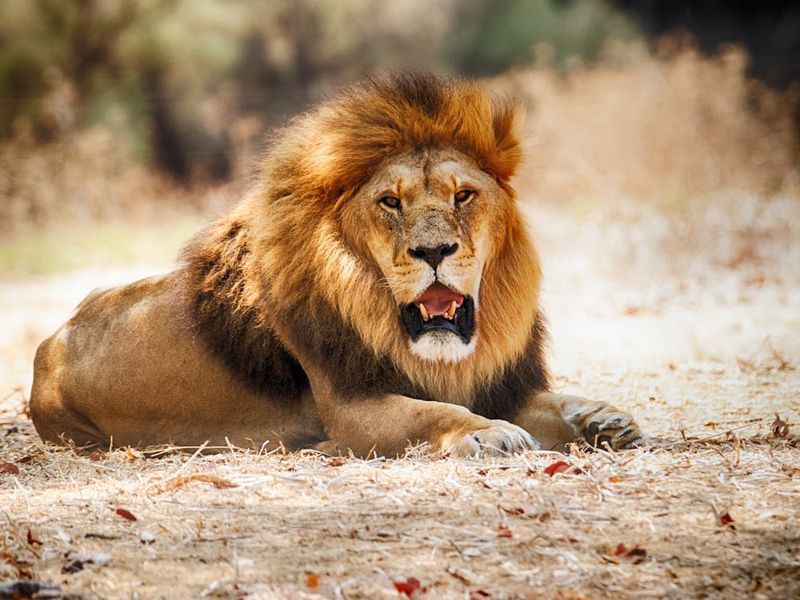
Imagine waking up to roars that can be heard five miles away! Kings of the savanna need prides, not apartments. Male lions sport impressive manes while females do most of the hunting.
A single lion devours around 15 pounds of meat in one sitting. Their social structure is complex, making them impossible to integrate into human households without risking serious injury or worse.
3. Cheetah
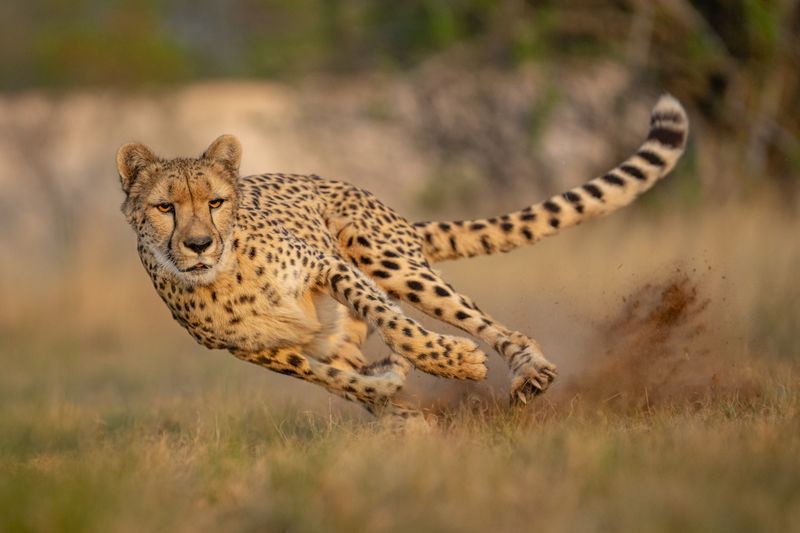
Zero to sixty in three seconds flat! These speed demons need vast open spaces to sprint, not your backyard. Their slim bodies and distinctive tear marks evolved specifically for high-speed hunting.
Cheetahs stress easily in captivity, often developing obsessive behaviors. Despite their relatively smaller size compared to other big cats, they remain wild predators with specialized needs no home environment could satisfy.
4. Snow Leopard
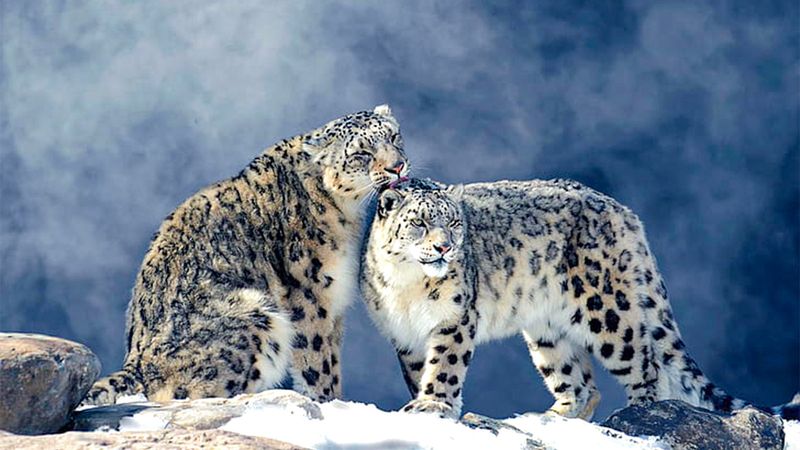
Ghost cats of the mountains vanish like smoke between rocks. Their thick fur and wide paws evolved for freezing Himalayan heights where oxygen is scarce and prey is scattered.
Incredibly shy by nature, snow leopards suffer tremendous stress in human presence. Their long tails help balance when leaping between cliffs – skills utterly wasted in domestic settings where their spirit would quickly diminish.
5. Clouded Leopard
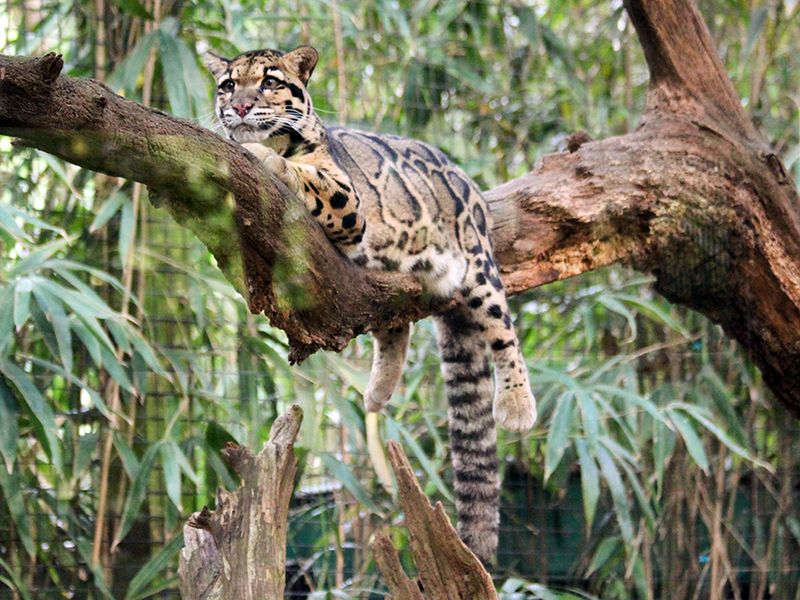
Acrobats of the forest canopy boast the longest canine teeth relative to skull size of any modern cat. Their ankle joints rotate backward, allowing them to descend trees headfirst like squirrels!
Found in Southeast Asian rainforests, these medium-sized cats possess extraordinary climbing abilities. Despite their smaller stature, clouded leopards remain wild through and through, with instincts completely unsuited for household living.
6. Savannah Cat (F1-F3 Generation)
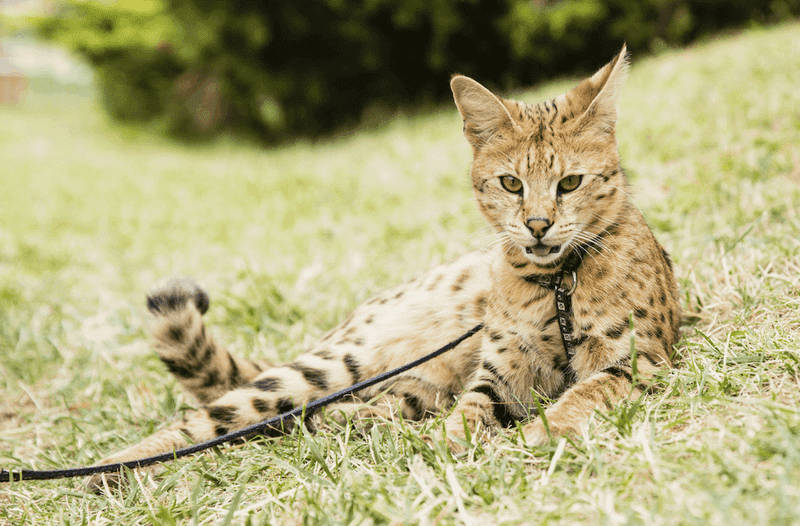
Half serval, half attitude! Early-generation Savannah cats inherit their wild parent’s impressive jumping ability – reaching heights of 8 feet from a standstill. Many states and countries ban these hybrids outright.
F1-F3 Savannahs retain strong hunting instincts and territorial behaviors that make them challenging even for experienced handlers. Their energy levels and dietary needs exceed what most households can realistically provide.
7. Bengal Cat (F1-F3 Generation)
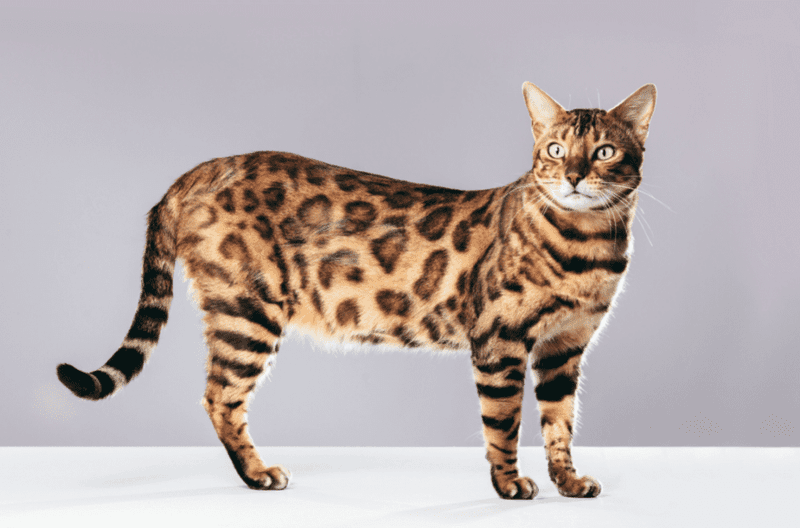
Glittering coats hide wild hearts in early-generation Bengals. Created by crossing Asian leopard cats with domestic breeds, these early hybrids retain unpredictable behaviors that can challenge even wildlife rehabilitators.
F1-F3 Bengals may mark territory excessively and vocalize at ear-splitting volumes. Their athleticism demands extensive environmental enrichment beyond what typical homes offer, making them inappropriate pets for average households.
8. Caracal
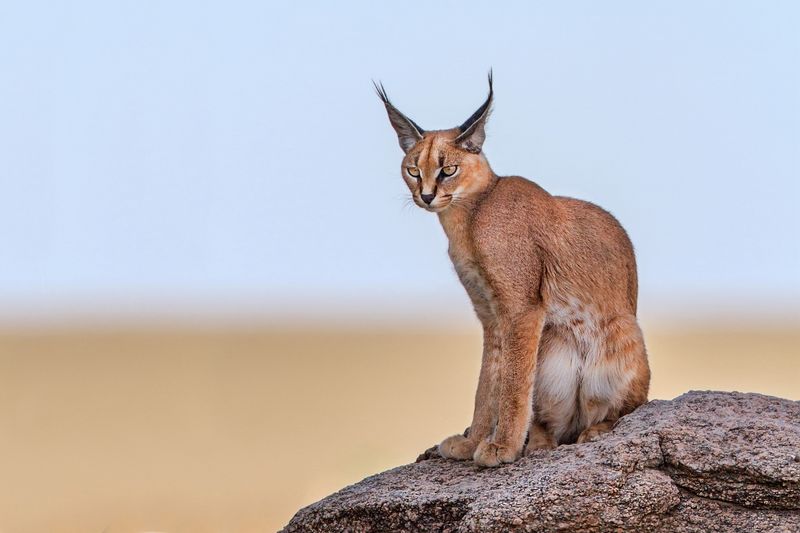
Famous for their ear tufts and spectacular leaping ability, caracals can snatch birds mid-flight with acrobatic jumps. Native to Africa and parts of Asia, these medium-sized wildcats possess strength disproportionate to their size.
Caracals require specialized diets and extensive space to express natural behaviors. Their powerful hind legs enable six-foot vertical jumps – meaning no shelf, counter, or cabinet would remain unexplored in a home setting.
9. Serval
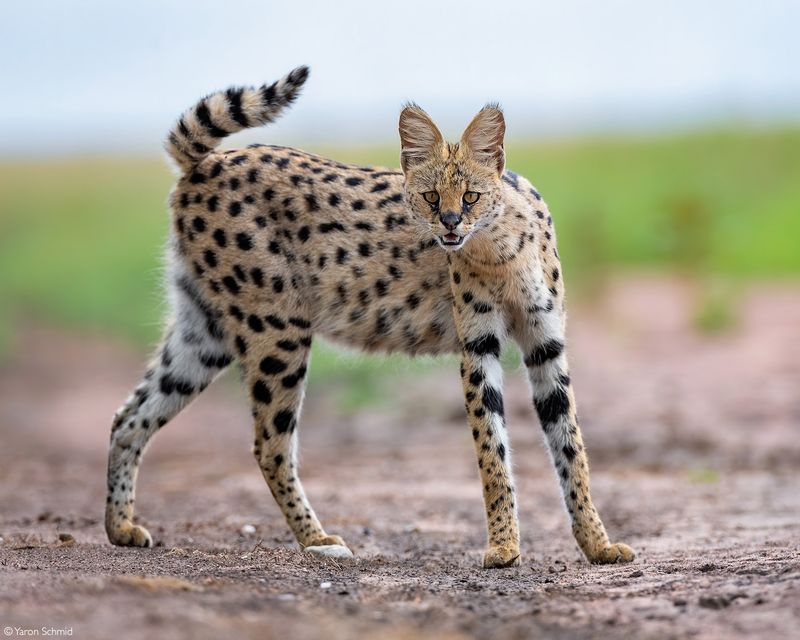
Lanky legs and oversized ears make servals nature’s perfect mouse-hunting machines. Standing nearly two feet tall at the shoulder, these African cats can detect prey moving underground thanks to their extraordinary hearing.
Servals need to perform natural hunting behaviors like pouncing and digging. Their specialized diet requires whole prey items, and their territorial nature makes them prone to spraying – creating an aromatic nightmare for any homeowner.
10. Ocelot
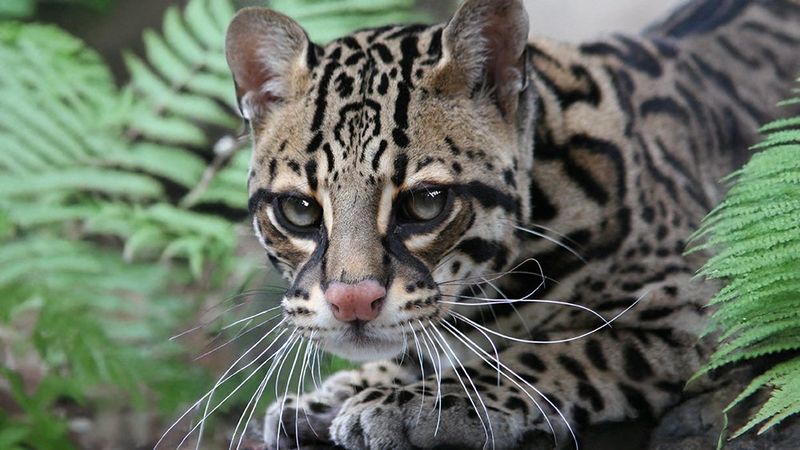
Gorgeous coat patterns once made ocelots fashion victims, nearly hunted to extinction for the fur trade. These medium-sized cats from the Americas possess semi-retractable claws and pupils that expand enormously in darkness.
Highly territorial and solitary by nature, ocelots mark boundaries extensively. Their nocturnal lifestyle would clash dramatically with human schedules, while their hunting instincts remain fully intact despite their relatively smaller size.
11. Fishing Cat
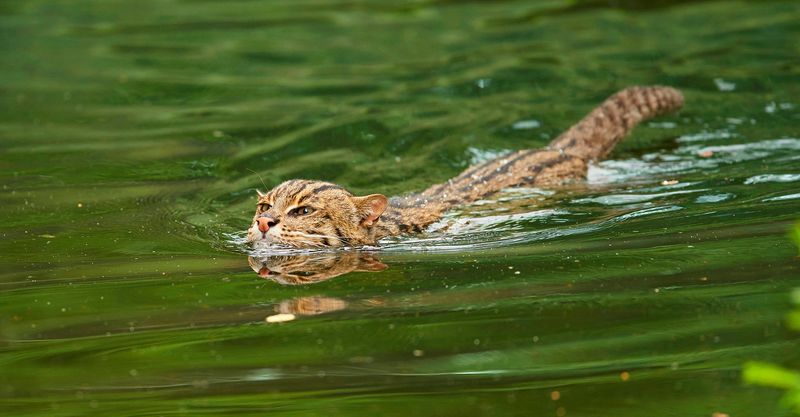
Swimming enthusiasts with partially webbed paws, fishing cats dive headfirst into water to catch prey! Native to wetlands across South and Southeast Asia, these specialized hunters have water-resistant fur and remarkable aquatic abilities.
Fishing cats need constant access to water features and live fish. Their double-layered coat never fully dries indoors, creating a perpetual damp smell. Highly endangered in the wild, these cats belong in conservation programs, not living rooms.
12. Eurasian Lynx
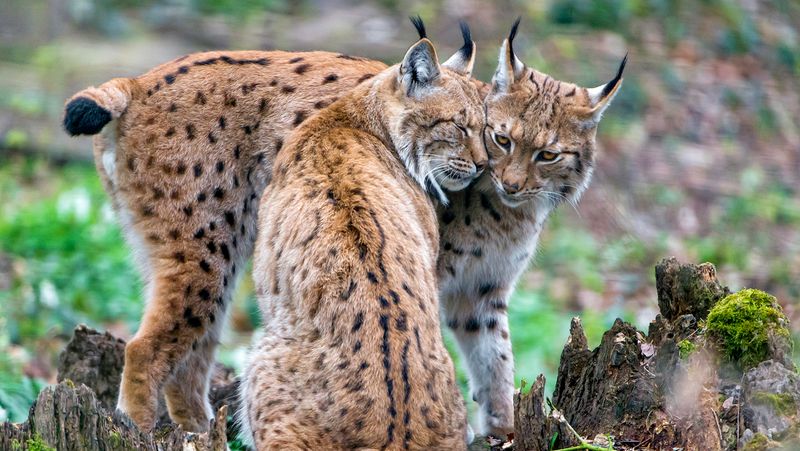
Winter-ready with massive snowshoe paws and distinctive ear tufts, Eurasian lynx are the largest lynx species. Their powerful legs allow them to take down prey three times their size in deep snow conditions.
A lynx requires territories spanning up to 100 square miles in the wild. Their thick winter coat sheds explosively during seasonal changes, while their secretive nature makes them highly stressed in human environments.
13. Puma (Mountain Lion)
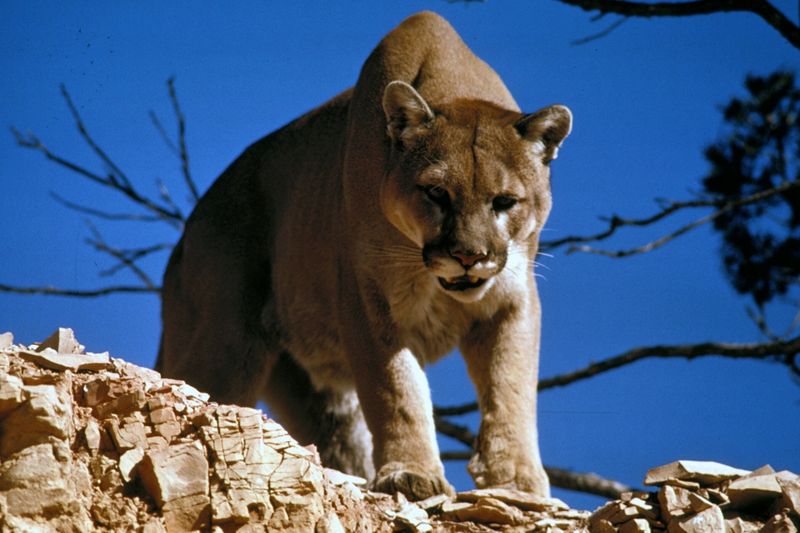
Known by over 40 different names, these adaptable cats hold the Guinness record for mammal with the most monikers! Pumas can leap 40 feet horizontally and 15 feet vertically from a standing position.
Despite their impressive size, they purr rather than roar. Requiring vast territories spanning up to 370 square miles, pumas would find even the largest mansion claustrophobic. Their powerful build makes them capable of taking down prey much larger than themselves.
14. Bobcat
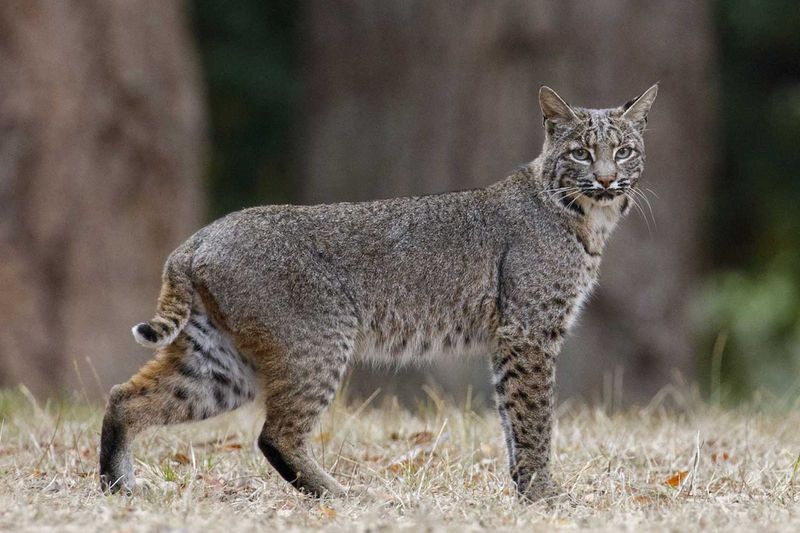
Backyard phantoms throughout North America, bobcats survive even in suburban areas without most residents ever spotting them. Their namesake stubby tails and pointed ear tufts make them instantly recognizable.
Despite being the smallest native wildcat in North America, bobcats routinely take down prey much larger than themselves. Their elusive nature and territorial requirements make them entirely unsuitable as companion animals despite their relatively smaller size.

